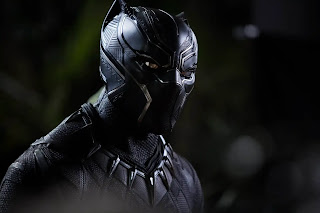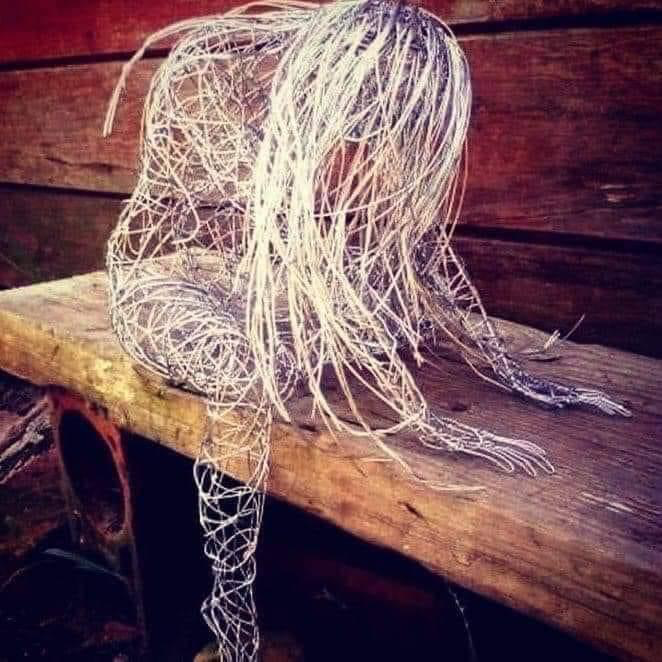Chapter 7: The New John Henry, Stereotypes, and Authentic Black Masculinity
There is no single Black
Masculine type. Black masculinity is
complex, multilayered, multisituated, and multigenerated. There is no inherent, intrinsic, or natural Black
gendered role. The system and the
community structure gender role orientation, adaptation, and realities. Between these two extremes, the individual
navigates exercising choice. To ignore Black
male agency is to ignore Black male realities.
Under those situations where Black male agency is constricted either by
systemic racism or circumscribed by the community, then their ability to effectively
navigate is also affected. Several possibilities
exist to alter the effects of systemic and community limitations. Examining
some of these possibilities demonstrates how Black males can successfully create
authentic selves devoid of the stigmas and traumas often projected upon them. In this closing section, let’s explore just a
few examples of what is already happening.
After dealing with years
of depression and suicidal thoughts, Kid Cudi decided to seek mental health
treatment and started a movement. Cudi
realized that many Black men caught up in hypermasculinity, racial-induced
traumas, and denial find themselves in an environment of isolation and
frustration. Mental health issues become
multiplied as the cultural stigma associated with Black masculinity only
compounds the problem. Kid Cudi realized
that the cool, tough, super macho was detrimental to Black men’s mental health.
And when you add racism, stereotypes,
and systemic oppression, limited space is provided for being vulnerable,
sensitive, or open. This accounts for
the increased violence perpetrated by and among Black males.
Authentically embracing
oneself and choosing to acknowledge sadness, depression, anxiety, and fear are
necessary for healing. Encouragement is
also needed to challenge and embrace each other and seek help. Kid Cudi began a movement in many ways when he
kicked out the hashtag #YouGoodMan on social media. (Kornhaber 2016)
A new breed of Black heroes
has started popping up in movies and T.V. series. From Black Panther to Black Lightning, new
black male images are being produced. These heroes, exhibiting hope and optimism, accomplishment,
and consistency, have surfaced to concentrate on what is good, right, and
brilliant about being a Black man. In a
real world with real problems, these portrayals present black male leadership,
role models, and possibilities. Rather
than seeing the constant vilification, we are given a validation of
positivity.
Research is also being produced
that counters the misinformation that continually reifies the myth that black men
are more likely to be incarcerated, unemployed, and poor. The reality is that millions of Black men are
doing quite well. The poverty rate, for example,
has fallen by 18 % in the last three decades. Alternatively, the number of Black males in
the middle and upper classes has also increased by nearly 18%. (Wilcox, Wang, and Mincy, 2018)
Black students with just
one black teacher are likelier to graduate and attend college. (Gershenson, Hart, Hyman, Lindsay, and Papageorge,
2022) Black male teachers increase students’ likelihood of developing better
learning and problem-solving skills. Black
male teachers can utilize their lived experiences to provide inspiration,
compassion, advice, and tough love. Specifically,
Black male students will be more likely to succeed if a Black male teacher
guides the way. (Callahan 2020)
Black mentoring programs,
such as the Black Male Initiative, have effectively established community and
meaningful engagement for Black males at higher education institutions. These programs have provided a means of
countering systemic racism, fostered students’ persistence, and reinforced
Black male identities. Success comes
about as Black males are more fully integrated into a supportive community and benefit
from peer mentoring and support. (Brooms
2018)



Comments
Post a Comment